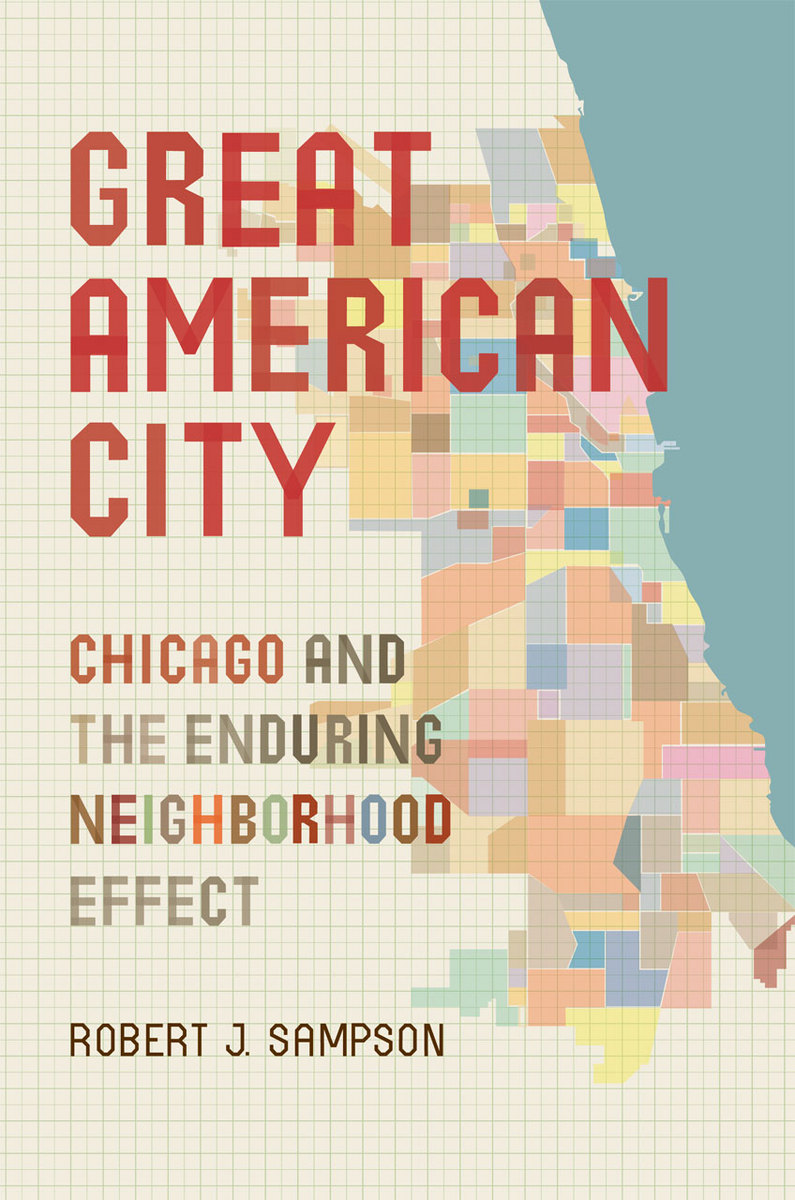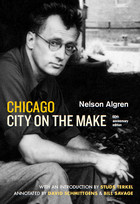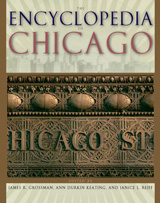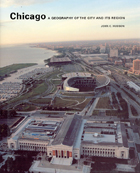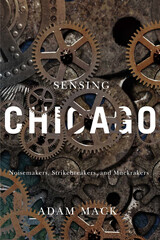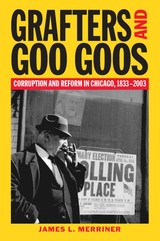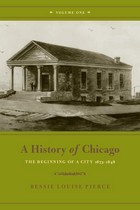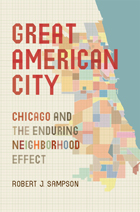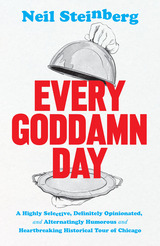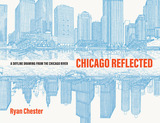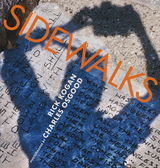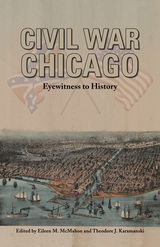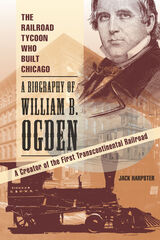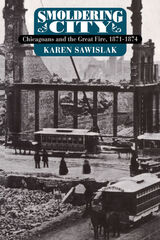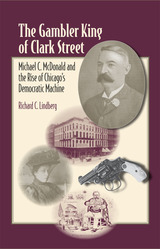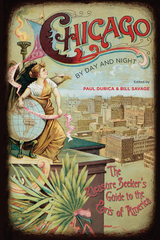“A revolution is under way in social science, and Robert Sampson’s Great American City offers an excellent exemplar of the new turn. . . The book convincingly demonstrates that individual outcomes are not the simple result of atomistic choices but reflect highly contingent decisions that unfold within spatially grounded social structures and institutionalized processes that limit options and reproduce existing inequalities between individuals, households, and neighborhoods. By situating human beings within a well-defined social system, Sampson contextualizes individual actors and their decisions socially, spatially, and institutionally.”
— Douglas S. Massey, Science
“Great American City takes us from the grand theories conjured by its commanding title, down to the iconic street corner to see what it really means when windows are broken. This is a book of big, challenging, provocative, and inspiring ideas, as well as of meticulous, rigorous, and exhaustive data. Sampson has truly shown his shoulders big enough to be counted among Chicago’s most venerated social observers, as well as the most astute theorists of place.”
— Mary Pattillo, Northwestern University
“After Great American City we will never be able to view cities in the same way again. This is one of those rare books that deeply affect how we think about the world. It teaches us afresh how the neighborhoods we live in affect us and the people around us. And there are also immense policy implications. Robert Sampson shows definitively how the fate of the urban poor is so very dependent on the communities in which they live.”
— George Akerlof, Nobel Laureate in Economics, University of California at Berkeley
“Robert J. Sampson's important new book challenges prevailing notions of community decline. Sampson argues that our communities continue to matter a great deal and that our lives are powerfully shaped by where we live. . . . [With] lots of empirical detail and theoretically driven, Great American City shows the striking persistence of poverty across its neighborhoods from 1960 to 2000."
— Richard Florida, The Atlantic
“It’s good reading which is a rare compliment to a sociologist. . . A very important book.”
— Milt Rosenberg, WGN Radio
"Robert J. Sampson's very readable research findings are theoretically rich, cutting-edge in urban research, and should be inspirational for future researchers in urban sociology. . . . A definite must read for anyone interested in groundbreaking upper-level urban sociology. Essential."
— Choice
"Robert Sampson's Great American City is a landmark work in urban sociology in part because it contributes so richly in different ways to our understanding of how neighborhoods operate in Chicago. But it is also a landmark work because it so richly in so many different ways strongly asserts that the community in community studies matters."
— Claude Fischer, City & Community
"Rob Sampson has written a great book. It is a must-read for almost all sociologists and demographers, and especially important for urbanists. Though I have written numerous book reviews and read countless others, this essay is by far the hardest one I've been asked to do. It is hard for two reasons: first, there is so much excellent material in Great American City to write about that it is hard to know where to begin; and second, the book is so good it is difficult to keep from being overly effusive in praising it."
— Nancy Denton, City & Community
“Great American City is the rare example of a highly anticipated book by a leading scholar that exceeds expectations. Combining Robert Sampson’s observations with major data collection on neighborhoods in Chicago and original analytic methods, the result is a compelling argument for the importance of place. Neither a purely theoretical nor empirical study, Great American City is an impressive model of how theory, data collection, and analytic methods can be combined to the benefit of all three endeavors. . . . Among the most important works in sociology in recent decades. . . . Through its publication, Sampson establishes himself as our modern Robert Park, and Great American City can be justly regarded as the most sophisticated Chicago School study ever produced.”
— Lincoln Quillian, Contemporary Sociology
“There is a scene in the film Crocodile Dundee in which a young hoodlum threatens the titular protagonist with a knife. In response to his girlfriend’s tremulous observation of this fact, Dundee, unfazed, brandishes a comically much larger knife and quips sardonically, “that’s not a knife . . . THIS is a knife.” The hood turns tail, Dundee returns the knife to its sheath, and the film chugs merrily on. I was reminded of this scene several times while reading Robert J. Sampson’s Great American City. With respect to social scientists past, present, and future: THIS is a book.”
— Jeffrey M. Timberlake, Journal of Urban Affairs
“Great American City definitely is one of the best bang-for-the-buck values in recent years. It is worth the very small investment to own this magnum opus regardless of the research site.”
— Robert J. Bursik, Jr., Theoretical Criminology
“Following in the influential tradition of the Chicago School of urban studies, but updating it for the twenty-first century, [Sampson] argues that communities do still matter because life is decisively shaped by where we live. Neighbourhoods influence a wide variety of phenomena including teen births, altruism and crime. Not even national crisis can destroy the enduring impact of place.”
— BBC Radio 4's "Thinking Allowed"
